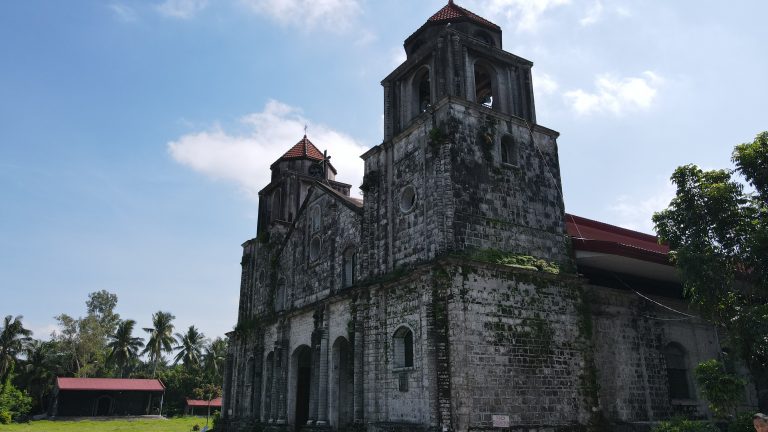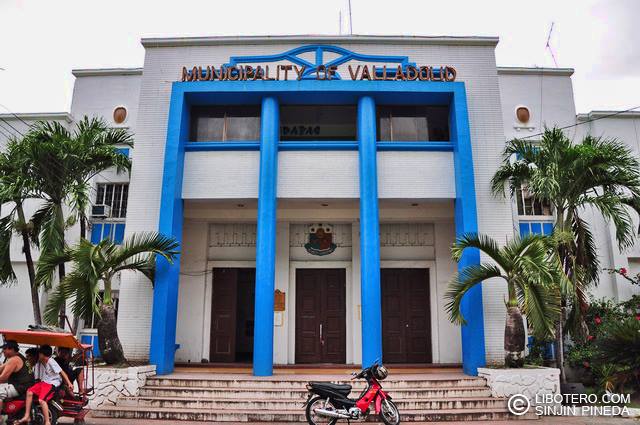Valladolid
Religious Infrastructure
Our Lady of Guadalupe Parish Church
- Valladolid Tourism Office (034) 461 0228

- year
1851
- appearance
Tangible Immovable
- Condition
Restored
- ownership
Public
- declaration
None
The church was built in 1852. Local materials such as coral stones were used in its construction. The church is considered as the biggest in the island of Negros at that time. To me, the longest, church in the province. The parish priest, however, decided to build a wall that shortened the church and to fill the seats during mass. The original altar, at the back of that wall, is now a Prayer House.
Nearby, is the meditation house. On the southern part of the church is the new “convento” where the parish priest lives but around it are the ruins of the old walls that were left untouched for century.
Government Infrastructure
Municipal Hall of Valladolid
- Valladolid Tourism Office (034) 461 0228

- year
Not Applicable
- appearance
Tangible Immovable
- Condition
Restored
- ownership
Public
- declaration
None
Served as the municipal govt building across the plaza of Vallladolid built after the word war 2




